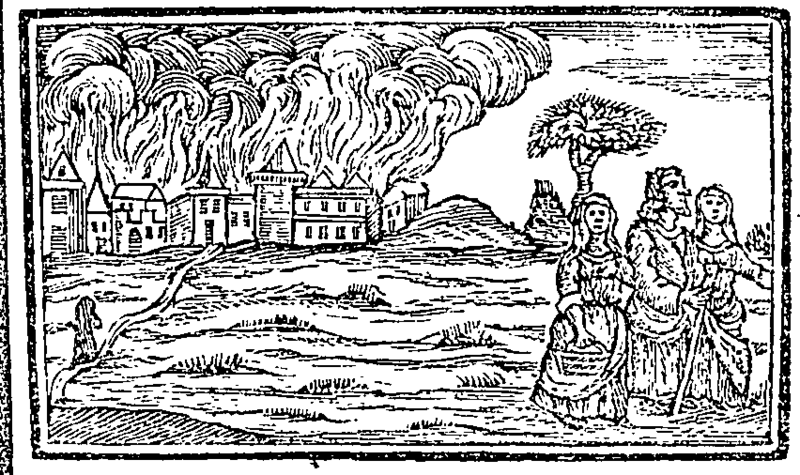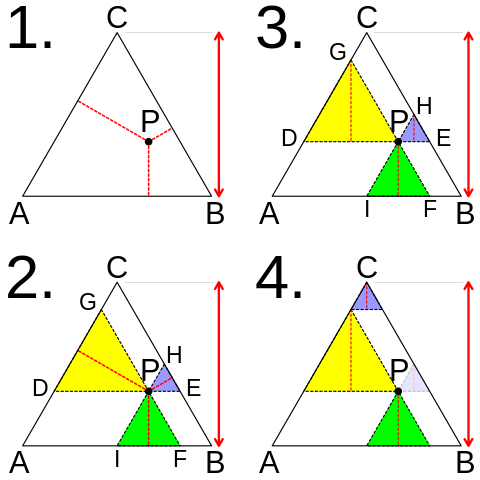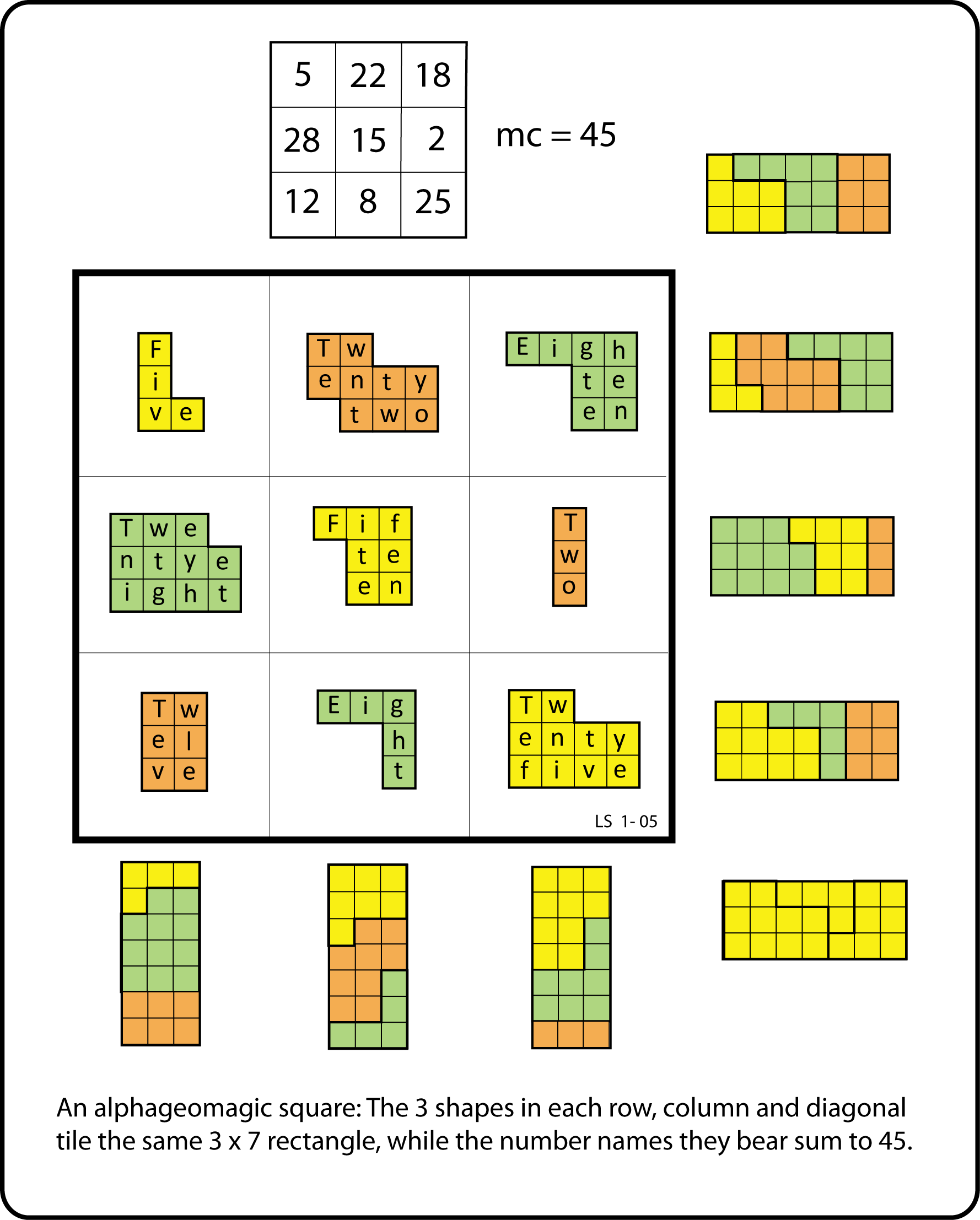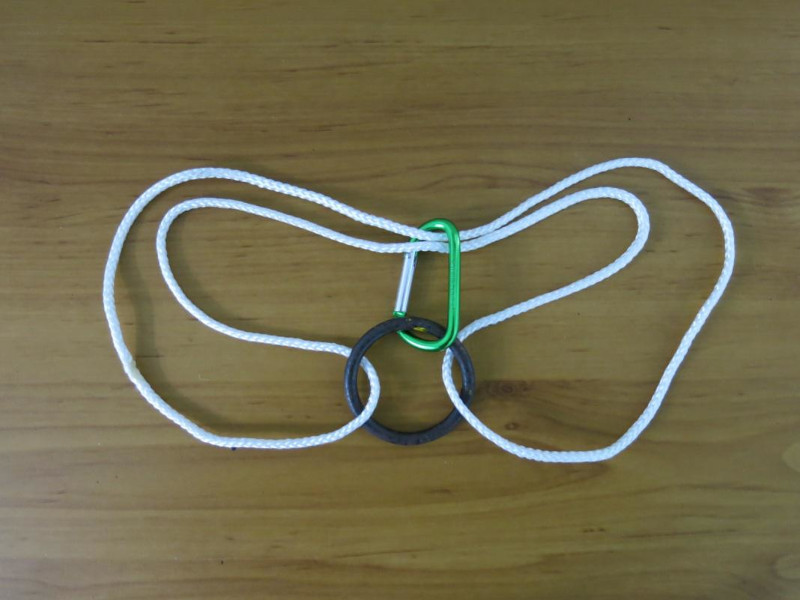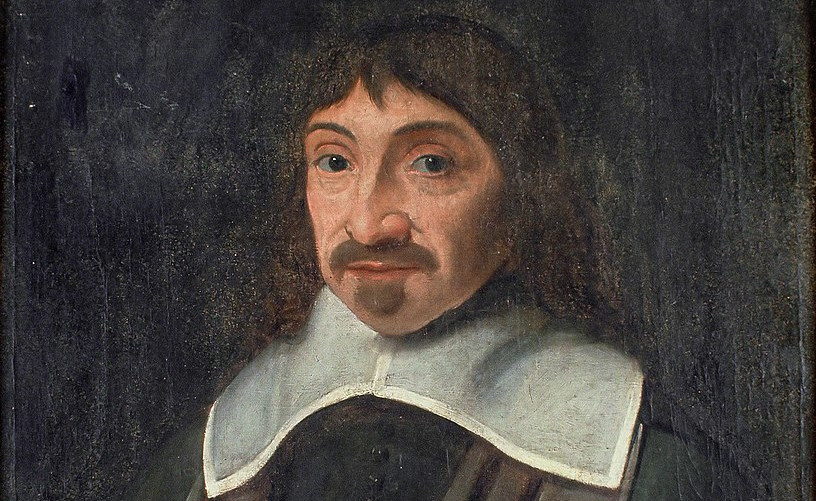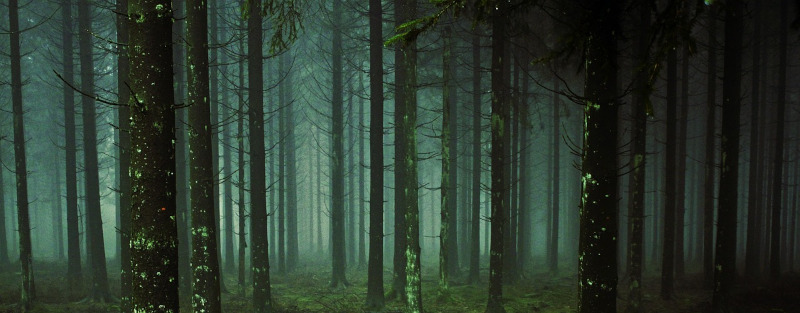
Suppose you’re hiking in the woods and become lost. What’s the best path to follow to find the boundary? You know the forest’s shape and dimensions, but you don’t know where you are within it, nor which direction you’re facing.
This has remained an open problem ever since mathematician Richard Bellman posed it in the Bulletin of the American Mathematical Society in 1956. The best strategy will cover the shortest distance in the worst case; in forests of certain simple shapes this might be as straightforward as walking in a straight line or in a spiral, but other shapes are more troubling. We know how to escape squares and circles efficiently, but not equilateral triangles.
Mathematician Scott W. Williams classed this as a “million-buck problem” because solving it is expected to cultivate techniques of particular value to mathematics. It’s known as Bellman’s lost-in-a-forest problem.

